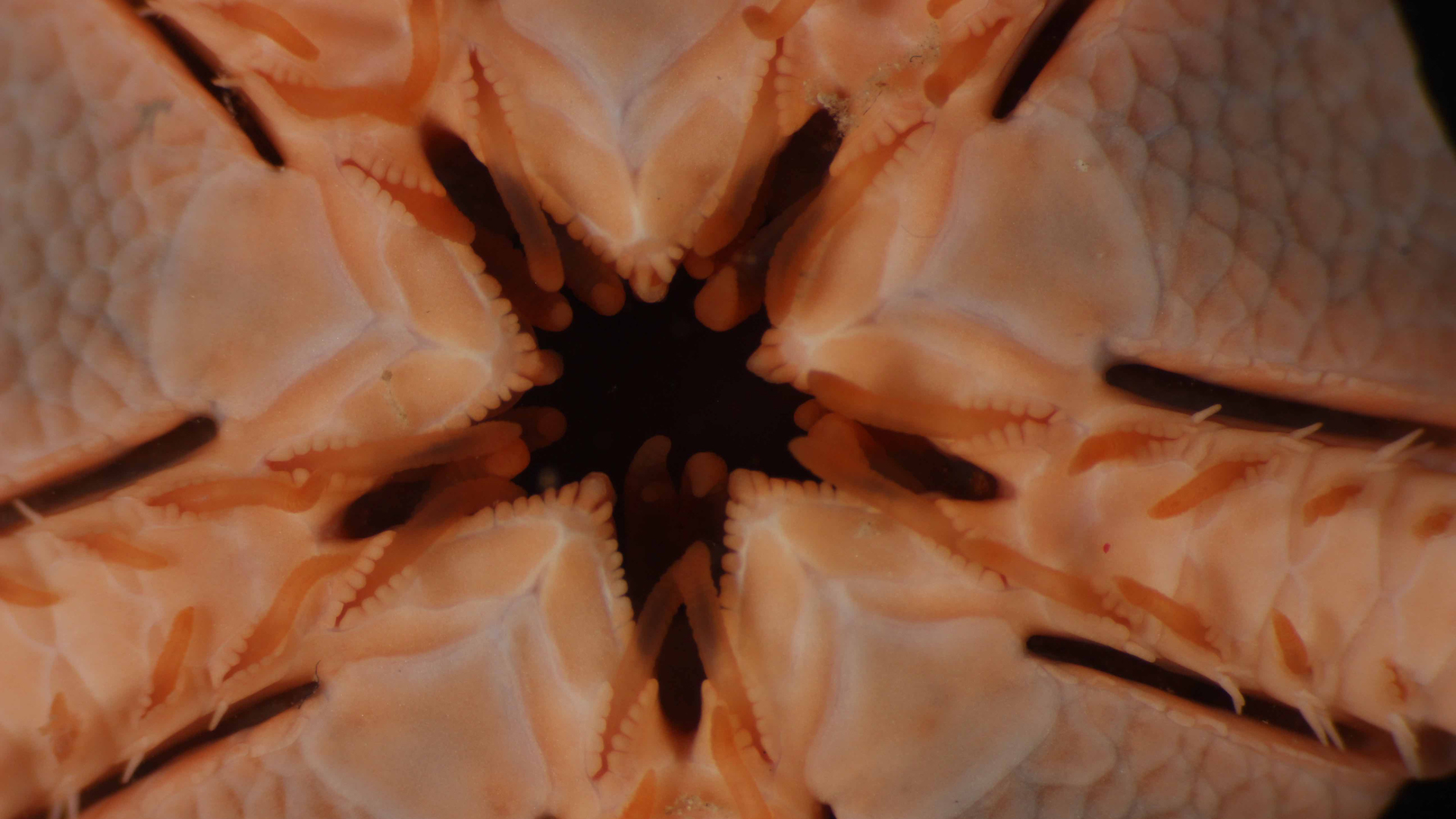
To prevent a climate catastrophe, the world must dramatically slash its carbon emissions. But creating enough batteries to power the electric vehicles (EVs) needed for a carbon-free future will require a massive scale-up in our supply of minerals such as copper, cobalt and manganese.
Countries are scrambling to mine these precious materials from the earth, digging everywhere from the rainforests in the Democratic Republic of the Congo to Indonesia. However, these efforts have been plagued by environmental problems and human rights issues.
So some companies have turned their eyes elsewhere: the seafloor.
Miles below the ocean's surface, billions of rocky lumps laden with manganese, nickel, cobalt, copper and other precious minerals line the seafloor. In some areas, cobalt is also concentrated in thick metallic crusts flanking underwater mountains.
Related: What is renewable energy?
Several companies and countries are gearing up to harvest these so-called deep-sea polymetallic nodules and extract the treasures within them. Currently, seabed mining in international waters is legally murky, and companies have not yet begun commercial exploitation operations. But delegate nations of the International Seabed Authority (ISA) — a U.N.-backed intergovernmental body — are currently meeting in Kingston, Jamaica, for the next two weeks (July 10 to July 28) to develop regulations that could pave the way for such mining.
This practice may have serious consequences for the world's oceans, experts told Live Science. So how bad are those environmental impacts? And is it possible for us to meet our climate goals without mining the deep sea?
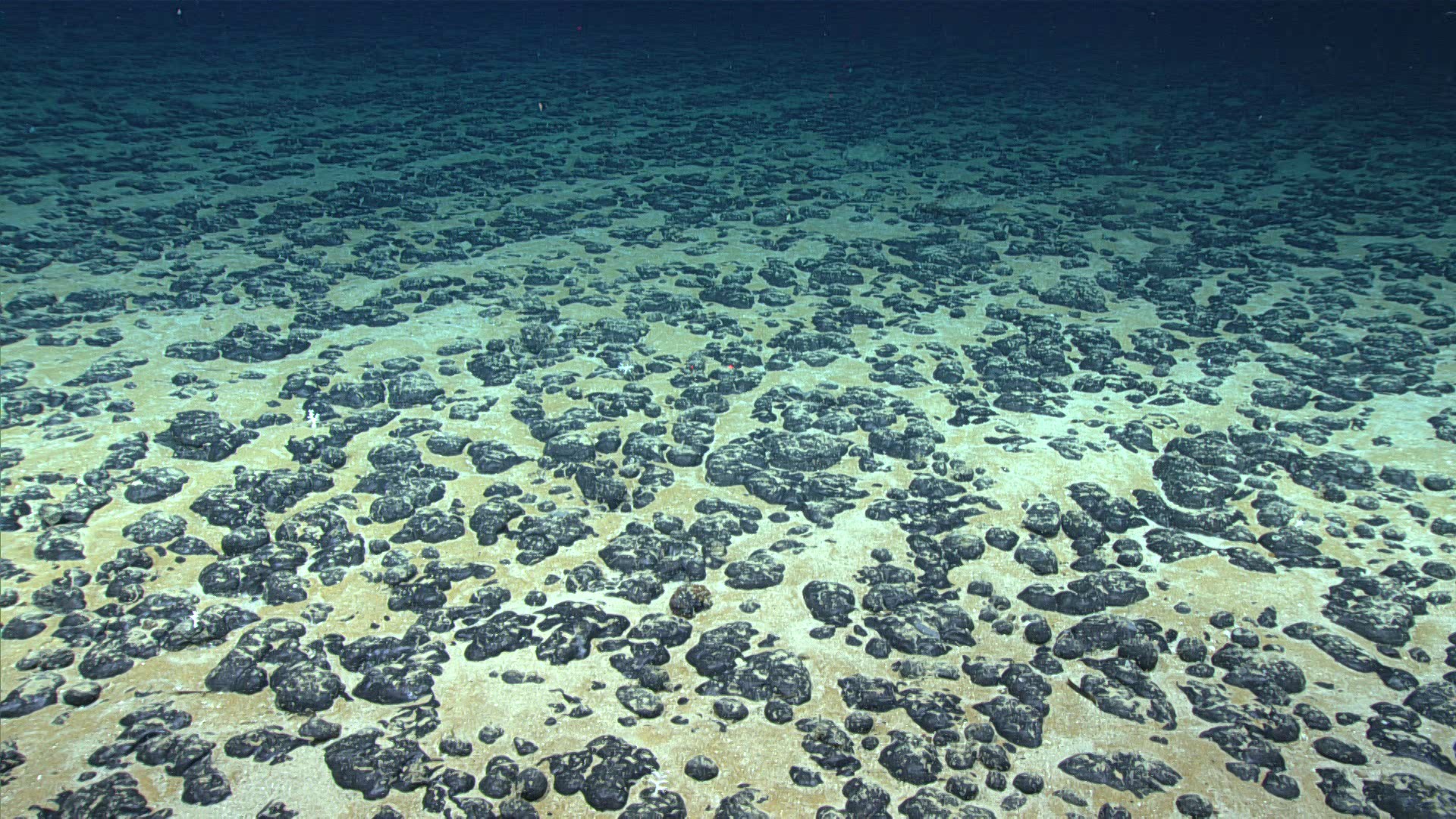
Deep-sea devastation
Emerging evidence suggests deep-sea mining could damage seafloor ecosystems.
One key area targeted by mining companies is a stretch of ocean from Hawaii to Mexico. Despite its frigid temperatures and low food availability, this deep-sea habitat, known as the Clarion-Clipperton Zone (CCZ), harbors a staggering number of species, ranging from glowing sea cucumbers to toothy anglerfish. Scientists recently cataloged more than 5,500 deep-sea species in the CCZ, roughly 90% of which were unknown to science.
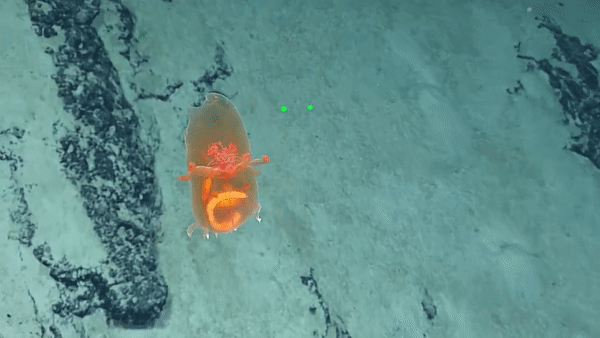
Most seabed mining will require large machines to collect nodules, bring them to the surface and then discharge the unnecessary sediment back into the ocean. This method could have catastrophic consequences for the animals living there, researchers wrote in a letter to the journal Nature Geoscience in 2017.
"They effectively have to excavate and grind up the seafloor in order to get their minerals," Douglas McCauley, a marine biologist at the University of California, Santa Barbara, told Live Science. "So anything that's living in that habitat will be destroyed." This includes animals that attach to and live on the nodules themselves, such as sea sponges and black corals.
Because the practice has not yet begun at an industrial scale, marine scientists have mostly relied on computer models and small-scale trials to predict the impacts of deep-sea mining. However, in 1989, a team of scientists attempted to mimic the effects of seabed mining by plowing an area of the seafloor in Peru measuring roughly 3.9 square miles (10.1 square kilometers) at around 2.6 miles (4.2 kilometers) deep. Many of the species in this area had still not returned more than 25 years later, and tracks from the plow were still visible, according to a 2019 study published in the journal Scientific Reports.
Related: 10 bizarre deep sea creatures found in 2022
Negative impacts likely won't be isolated to the original mining site; machinery can cause noise pollution that stretches for hundreds of miles across the ocean, computer models suggest. This noise could disrupt animals' ability to navigate, locate prey or find a mate.
But perhaps one of the most destructive byproducts of seabed mining is the plumes of sediment the undersea vehicles leave in their wake, which could act "like undersea dust storms that could smother life out there," McCauley said. These sediment plumes could harm tuna habitats, which are changing as ocean temperatures warm and will increasingly overlap with areas in the mineral-rich CCZ, according to a study co-authored by McCauley and published July 11 in the journal npj Ocean Sustainability.
A few companies are working on technology to shrink these plumes. For example, Norway-based minerals company Loke recently acquired UK Seabed Resources Ltd., a deep-sea mining firm with two exploration contracts that allow the company to start searching for minerals in the CCZ, though not yet commercially mine them. Loke aims to start deep-sea mining operations by 2030, Walter Sognnes, the company's CEO, told Live Science.
"What we are trying to do is minimize the impact and maximize the understanding of that impact," Sognnes said.
Loke is developing mining vehicles that will generate plumes only when moving across the seafloor, and not from dumping excess sediment into the ocean after retrieving the nodules, Sognnes said. However, the technology is still theoretical.
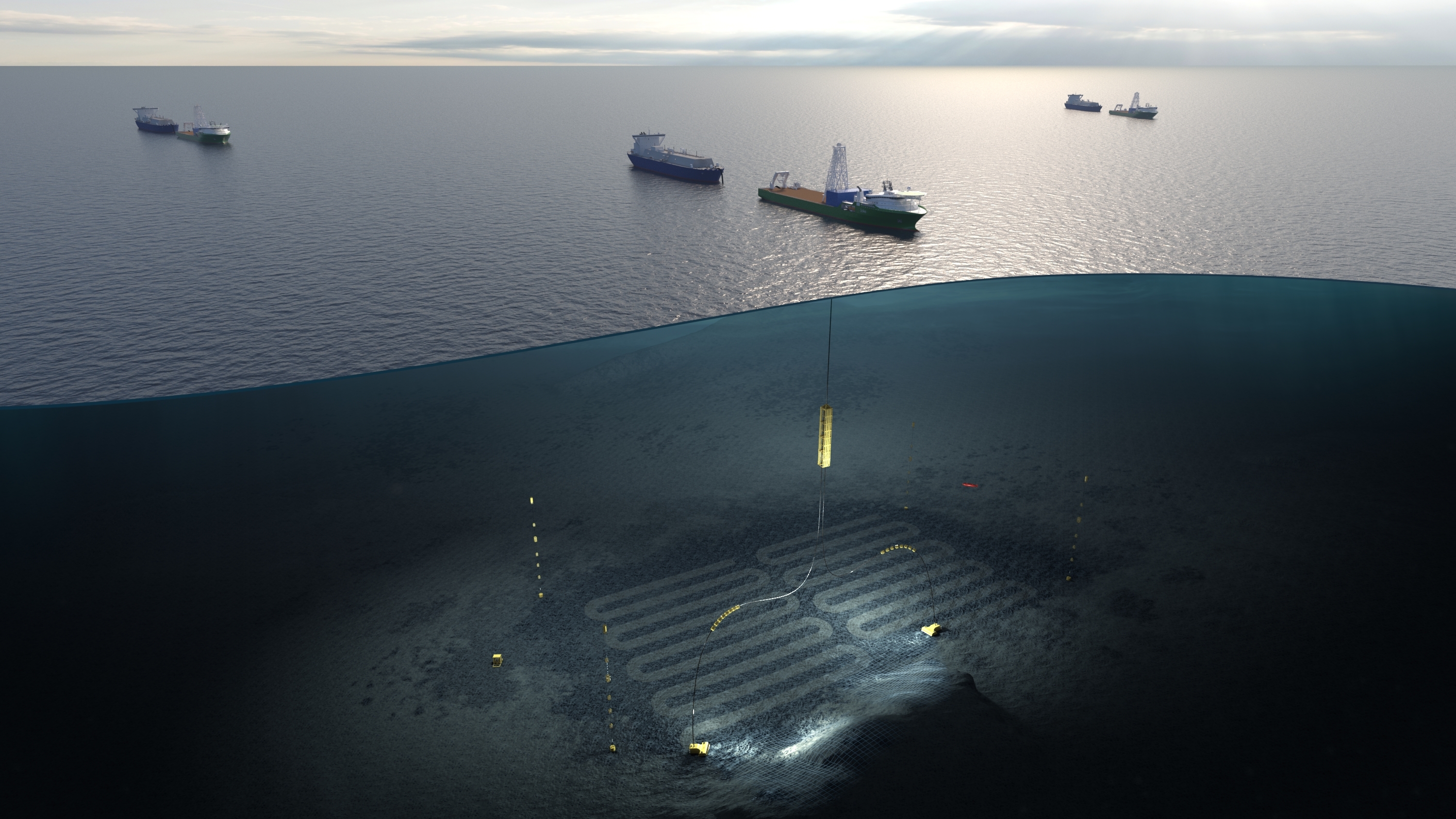
Some researchers are skeptical that there is a "sustainable" way to mine the deep sea.
"I think there's no way to do this without having locally major environmental damage causing huge damage on scales of tens of thousands of square kilometers," Craig Smith, a deep-sea ecologist at the University of Hawaii at Manoa, told Live Science. "It's just not possible."
Can we meet EV mineral demand without deep-sea mining?
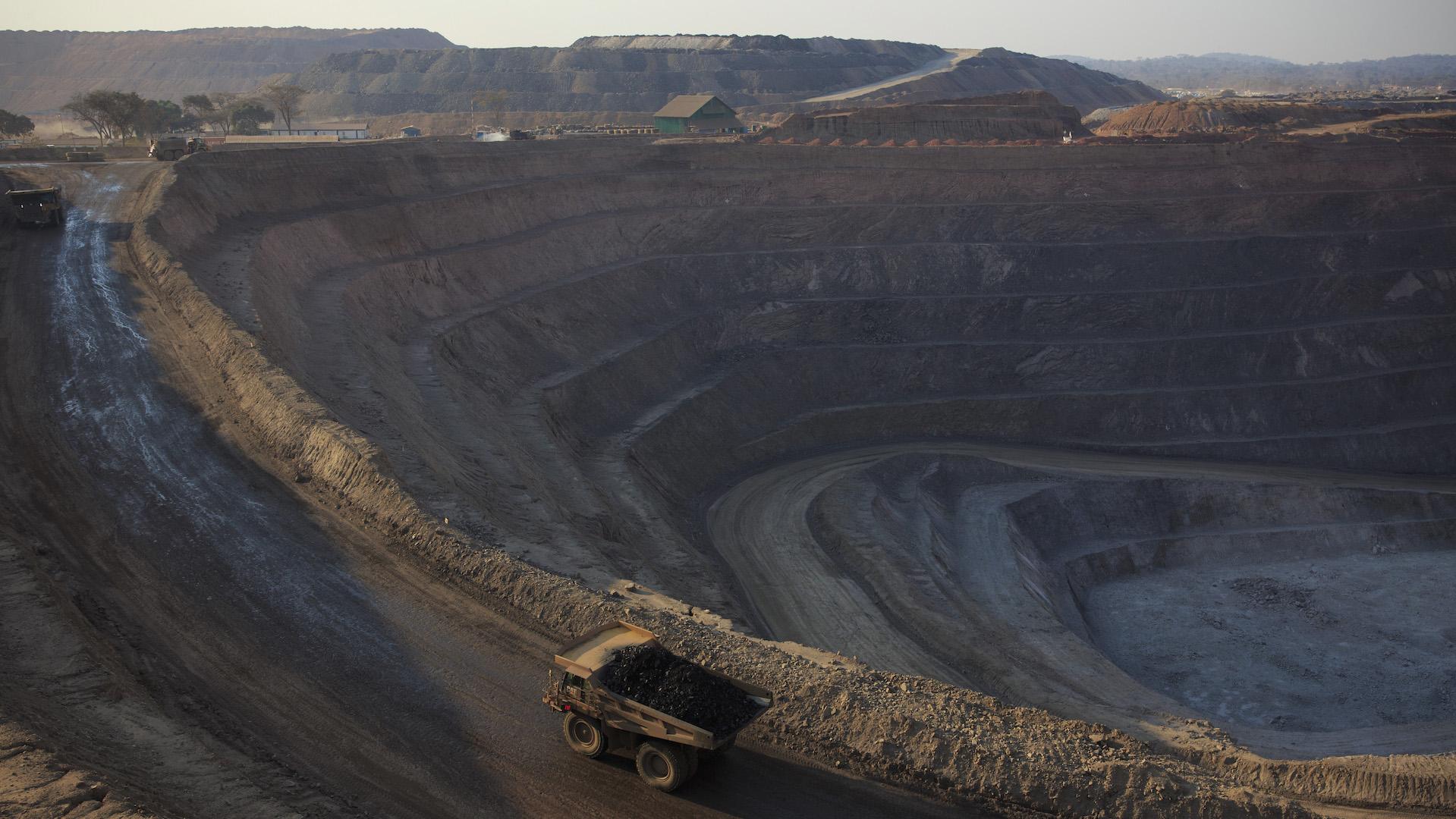
If we are to meet the climate goals of the 2015 Paris Agreement, countries must increase their mineral output for EVs 30-fold by 2040, according to a report by the International Energy Agency (IEA).
This urgent need for materials raises a question: If we don't harvest the seafloor, can we get minerals used in EVs elsewhere? The answer is most likely yes, but accessing those land-based mineral reserves in a sustainable way may be tough.
In 2022, Earth had roughly 25 million tons (23 million metric tons) of terrestrial cobalt resources, which meets demand through 2040, assuming all land-based reserves are exploited, research shows. There is also roughly 300 million tons (272 million metric tons) of nickel in the world's resources, according to the U.S. Geological Survey, enough to support the ramping up of EV production, CNBC reported. However, these resources, often hidden deep within dense forests, are not always easily reachable or economically viable to mine. Operations to create new mines drive massive amounts of deforestation, which can reduce biodiversity and release climate-warming emissions into the atmosphere.
"You could get all the minerals you need for all the world's electric vehicles or whatever from land-based deposits, but the lowest-environmental-impact way to do it could actually be to use some deep-sea deposits in a responsible way with good regulation," Seaver Wang, co-director of climate and energy at The Breakthrough Institute, a California-based environmental research center, told Live Science. However, he added that firmer regulations and guidelines from the ISA should be in place before any deep-sea mining operations begin.
Emerging battery technologies could help reduce pressure on the minerals market, experts say. Currently, the most widely used batteries in EVs are called NMC (which use lithium, nickel, manganese and cobalt), but car manufacturers are hungry for cheaper technology that doesn't require as many of these minerals. Those may include sodium-ion batteries or LFP batteries made with lithium, as well as iron (ferrous) and phosphate — materials that are more widely available and accessible than cobalt and manganese. In May, Ford announced plans for a new factory in Michigan that is set to begin producing LFP batteries by 2026. However, these batteries currently have lower energy densities, which could limit the range of an electric vehicle, according to the IEA.
"A substantial transition to EVs can be done without deep sea mining," Kenneth Gillingham, an energy economist at Yale University who studies EVs, told Live Science, though he added that seabed mining could potentially "take off some of the pressure" on the critical metals market.
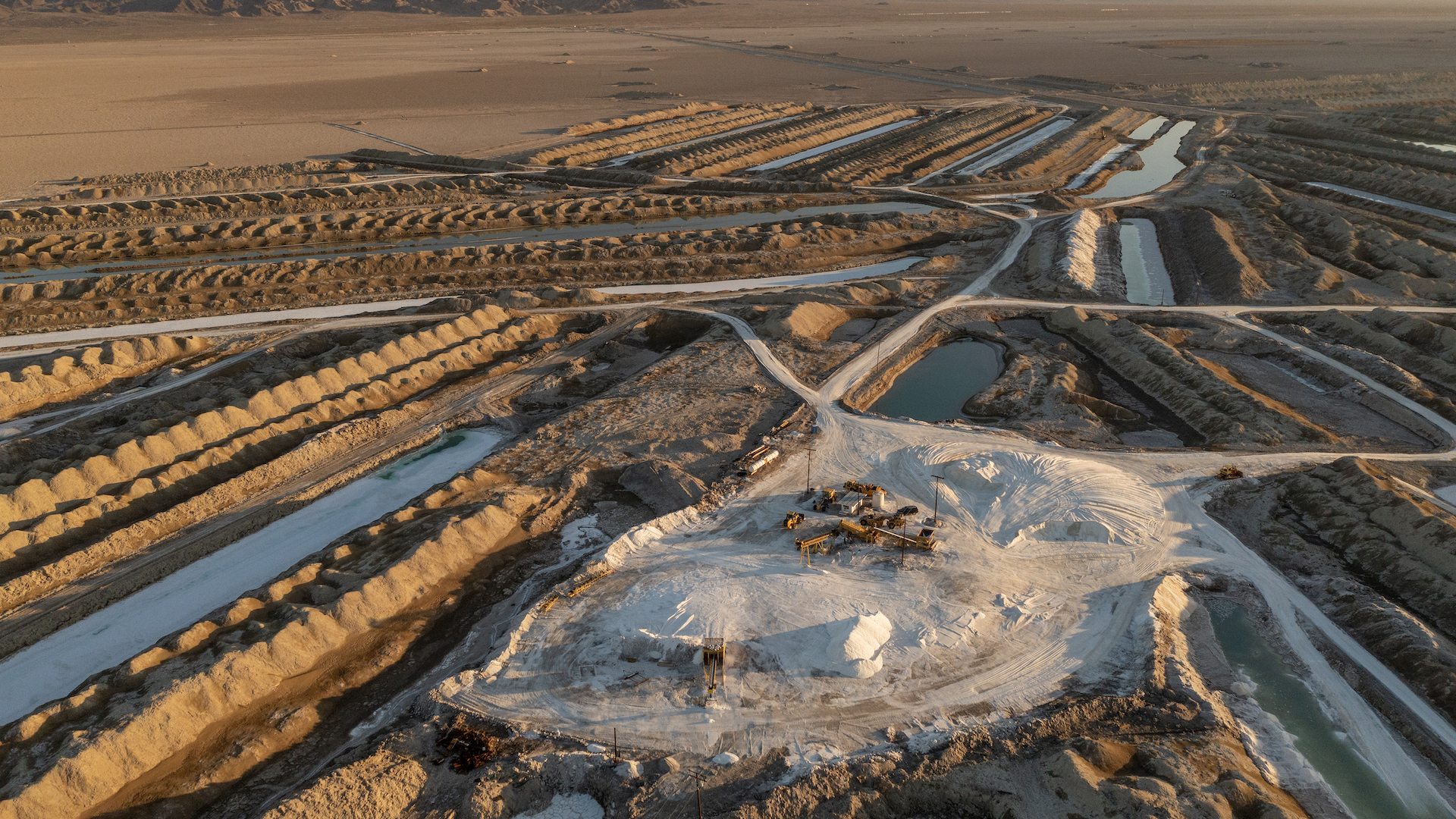
Related: Wind and solar power overtake coal for the first time ever in the US
Despite the abundance of critical mineral resources that deep-sea mining could provide, some car manufacturers — including BMW, Volvo and Renault — and nearly 20 countries have publicly supported a moratorium on the practice so scientists have more time to research its potential environmental impacts. Additionally, more than 750 scientists and policy experts have signed an official statement calling for a hold on deep-sea mining activities.
Though the rules surrounding deep-sea mining are not yet finalized, as of July 9, the ISA is required to receive seabed mining applications due to an obscure provision in the current treaty.
This doesn't necessarily mean deep-sea mining will occur anytime soon, because the ISA is under no obligation to approve those applications and the law is still murky. A growing number of experts say the key to determining whether to mine the deep sea is more time — to research, to create new technologies and to weigh the positives of seabed mining alongside its pitfalls.
"Understanding of benefits and costs of deep-sea mining requires an extremely thoughtful assessment that involves many uncertainties that are not resolved at this point," Sergey Paltsev, an energy economist at MIT, told Live Science in an email.







